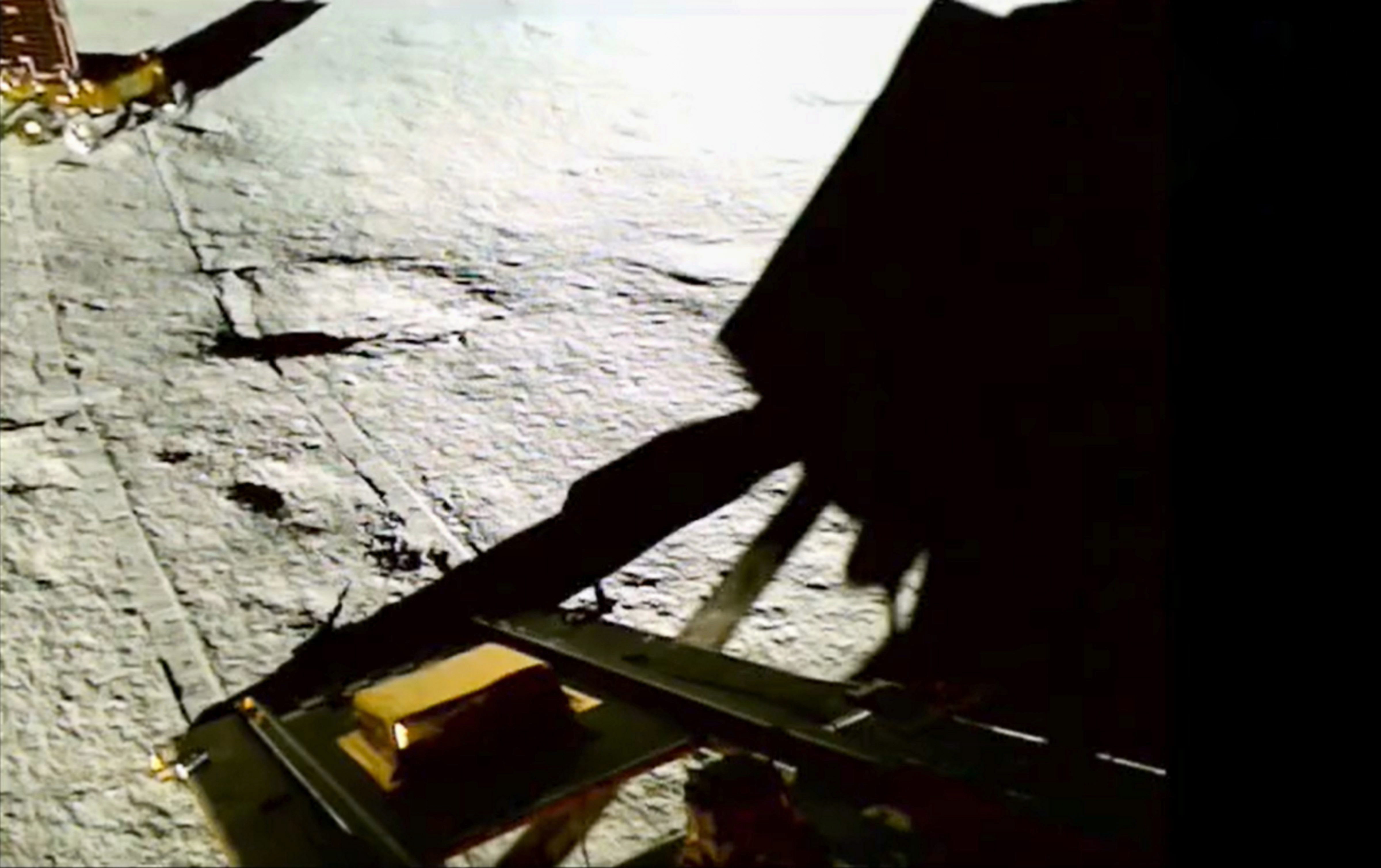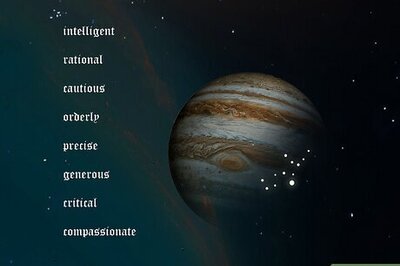What Chandrayaan-3 Reveals About Temperature of Lunar Surface & Why is the Study Crucial | Explained

views
The Chandrayaan-3 Lander has started carrying out studies on the lunar surface after a successful touchdown last week. ISRO on Sunday said the Chandra’s Surface Thermophysical Experiment (ChaSTE) payload onboard Chandrayaan-3’s Vikram lander measured the temperature profile of the lunar topsoil around the South Pole to understand the thermal behaviour of the Moon’s surface.
The Indian space agency released the graph of the temperature variation on the lunar surface, which is the first such profile of the lunar South Pole.
“Here are the first observations from the ChaSTE payload onboard Vikram Lander. ChaSTE (Chandra’s Surface Thermophysical Experiment) measures the temperature profile of the lunar topsoil around the pole to understand the thermal behaviour of the moon’s surface,” ISRO said in an update on social media platform ‘X’.
Chandrayaan-3 Mission:Here are the first observations from the ChaSTE payload onboard Vikram Lander.ChaSTE (Chandra's Surface Thermophysical Experiment) measures the temperature profile of the lunar topsoil around the pole, to understand the thermal behaviour of the moon's… pic.twitter.com/VZ1cjWHTnd
— ISRO (@isro) August 27, 2023
According to the graph shared by ISRO, the variation in temperature is in the range of -10 degree Celsius to 60 degree Celsius, depending on the depth.
What Did Chandrayaan-3 Lander Reveal?
It was generally believed that the temperature on the moon’s surface was between 20 degree Celsius to 30 degree Celsius. However, the Lander’s study has revealed new information about the Earth’s satellite.
ISRO scientist B H M Darukesha said, “We all believed that the temperature could be somewhere around 20 degree centigrade to 30 degree centigrade on the surface but it is 70 degree centigrade. This is surprisingly higher than what we had expected.”
Scientist Darukesha further explained, “When we go two to three centimetres inside the Earth, we hardly see two to three degree centigrade variation whereas there (in Moon), it is about 50 degree centigrade variation. This is something interesting.”

The temperature dips to minus 10 degree Celsius below the lunar surface, the senior scientist said, adding that the variation is from 70 degree Celsius to minus 10 degree Celsius.
ISRO said the payload has a temperature probe equipped with a controlled penetration mechanism capable of reaching a depth of 10 centimetres beneath the surface.
What is the temperature on the moon?
The temperature on the moon can vary drastically between lunar day when the temperatures reach 120 degrees Celsius and reaching a lot of -130 degrees Celsius during night time.
At the lunar South Pole, the Sun hovers below or just above the horizon, creating temperatures of 54 degrees Celsius during the lunar day. However, even during the day, the entire south pole is not lit by sunlight as the soaring mountains cast dark shadows and deep craters protect perpetual darkness inside the craters.
The obvious reason behind the variation of day and night temperatures is the lack of atmosphere, unlike earth, which helps in blocking some of the Sun’s rays and to help trap heat at night. The lack of lunar atmosphere also means that craters and other landmarks do not erode the way like on Earth, leaving perpetual pockets of darkness near the moon’s poles that have the most frigid temperatures.
Therefore, in certain spots near the moon’s poles, temperatures can drop even further reaching a low of -253°C, according to NASA.
NASA’s Lunar Reconnaissance Orbiter (LRO), launched in 2009, has been providing the available latest knowledge about the moon’s temperature.
However, ChaSTE (Chandra’s Surface Thermophysical Experiment), fitted in Chandrayaan’s Lander, will now measure the temperature profile of the lunar topsoil around the South pole to understand the thermal behaviour of the moon’s surface.
Why is it Necessary to Study Lunar Temperature?
The study of the lunar temperature is equally crucial for Chandrayaan-3 as studying the lunar surface, since the objective of the lunar craft is to study the Moon, its composition and surrounding; and to hunt for water ice, which could support human habitation on the Moon in future.
The moon’s temperature also gives information about its composition and the number of rocks present across the different regions.
According to NASA, the temperature of an area can reveals information about the lunar rocks as it takes longer to heat up and cool down than lunar soil, which could then allow scientists to identify especially-rocky areas.
Moreover, studying the temperature of the South Pole of the Moon would help in understanding the nature of the low-lying areas, that remain permanently shrouded in shadow and an ideal spot to maintain water ice.
According to NASA, some of the craters remain permanently shadowed and haven’t seen sunlight in billions of years and experience temperatures as low as -203 degrees Celsius. In view of this, the ChaSTE have interesting facts to offer about the unexplored side of the lunar surface.



















Comments
0 comment